Your Call?
Which of today’s five featured images is your favorite? Why?
What’s Up?
With variably sunny skies and a wind from the northeast, Tuesday morning was a slow pick for me, mostly flight photography at 840mm on the tripod. With a strong east wind and variably sunny skies, Wednesday morning was outstanding with dozens of diving Ospreys and fishing Royal Terns. Remember that a lousy morning at Sebastian Inlet is much better than a day in the office. Yikes. I just remembered; the beach is my office!
Today is Friday 7 November 2025. Again, the forecast is not great. Whatever you opt to do, I hope that you too choose to have a fabulous day.
If …
If you are subscribed and had previously been receiving blog post notifications via e-mail on a regular basis and they quit coming in the last month or so, please let me know via e-mail and cut and paste this into the subject line: Please Add to the Personalized Blog Notification List. It seems that some e-mail providers (likely including Gmail) recently began blocking the blog post notification e-mails being sent by the Word Press Newsletter plugin. The new, authenticated sending address was supposed to fix that problem, but it has not 🙂 Life goes on.
Don’t Just Shoot: Learn
If you are interested in changing your life and becoming a better photographer by joining me on the Extended IPT at Sebastian Inlet for Ospreys and more (OCT 25 to NOV 24, 2025), in San Diego for Pacific-race Brown Pelicans and more (JAN 6 to FEB 2, 2026) as below, or for Roseate Spoonbills at Stick Marsh (March 2026 — details coming soon), please e-mail for dates, rates, terms, and additional information. Or shoot me a text to 863-221-2372. Most offerings include options for shared AirBnB lodging and meals. Ground transportation during your stay is a possibility at times.
Canon EF 600mm f/4 L IS II Lens (with Extras)
BIRDS AS ART Record Low Price
John Norris is offering a Canon EF 600mm f/4 L IS II lens in excellent plus condition for a BIRDS AS ART record low $4499.00. The sale includes the lens trunk with keys, the rear lens cap, front lens cover, lens strap, the original lens hood, a Zemlin C 151 lens cap, a 4th Generation Designs lens foot, the original lens foot, the LensCoat cover that has been on the lens since originally purchased and insured ground shipping via major courier to lower-48 US addresses only.
Your item will not ship until your check clears unless other arrangements are made.
Please contact John via email via e-mail
The 600mm f/4 lenses have been the state of the art super-telephoto lenses for birds, nature, wildlife, and sports for many years. When I was using Canon and could get it to my location, my 600 II was always my go-to weapon. It is fast and sharp and deadly alone or with either TC. With both the EF 600mm f/4L IS III and the RF 600mm f/4L IS going for the ridiculously high price of $14,999.00 and used copies of the 600mm II pretty much impossible to find, you’d do well by grabbing John’s lens ASAP. Add a Canon Mount Adapter EF-EOS R to use this lens with your Canon mirrorless camera. artie
|
|
|
The title says it all. Purchase your copy here. The Complete and Quintessential Guide to Photographing Birds in Flight
|
The Complete and Quintessential Guide to Photographing Birds in Flight: $99.00
I had long dreamed of becoming a great flight photographer. When using dSLR gear, making sharp images was a huge problem. Most of the time, the camera bodies simply were not up to snuff. Things have changed dramatically with mirrorless technology. The high-end mirrorless camera bodies now feature science fiction-like autofocus systems and frame rates of 30, 40, and even 125 fps. Nowadays, getting the eye sharp is no longer a problem. The problem more often involves selecting the strongest image from a long series of sharp images.
The truth, however, is that there is a lot more than owning a Canon EOS R1, a Nikon Z9, or a Sony a-1 ii to consistently creating great photographs of birds in flight. Some of the biggest factors to success include gear choice, shooting strategies, and understanding the importance of sky conditions and wind speed and direction. Once you have the techniques and technical aspects down pat and can routinely create sharp images, learning the importance of flight poses, wing positions, backgrounds, and subject placement and image design enable you to create and then select superb flight images. And you guessed it, each of those topics and tons more are covered in detail in The Complete and Quintessential Guide to Photographing Birds in Flight.
The guide consists of 267 pages and 21,013 words. There are 82 illustrative photos scattered throughout the text, two screen captures, and a 112-image gallery that includes examples created by Canon, Nikon, and mostly Sony gear. As seen above, each of the 194 inspirational photos is labeled with an educational caption.
You can purchase your copy here for $99.00.
Arash Hazeghi
Arash Hazeghi, Ph.D. is a principal electron device engineer. He received his Ph.D. degree in Electrical Engineering in 2011, from Stanford University, Stanford, California. His pioneering research on Carbon Nanotubes has been cited many times. In the past decade, Arash Hazeghi has been a major contributor to the research and the development of some of the most cutting-edge technologies introduced by Silicon Valley’s most reputable names including SanDisk, Intel and Apple.
More relevant here is that he is widely recognized as one of the world’s best birds in flight photographers. He specializes in raptors and the technical aspects of bird photography.
|
|
|
Flight photography is a skill that can be studied, practiced, and learned. Improve your skills by studying The Complete and Quintessential Guide to Photographing Birds in Flight |
The Complete and Quintessential Guide to Photographing Birds in Flight
By Arash Hazeghi Ph.D., and Arthur Morris/BIRDS AS ART
What you will learn (about):
-
1- Weight and handholding super-telephoto lenses.
2- Weight and handholding intermediate telephoto and telephotos zoom lenses.
3- Choosing the right flight photography lens or lenses for you.
4- The importance of focal length for flight photography.
5- The importance of lens speed (the maximum aperture for flight photography.
6- Choosing between fixed focal lengths and zoom lenses for flight photography.
7- The importance of AF speed and performance for flight photography.
8- Handholding tips and techniques.
9- Shooting flight off a tripod with the Levered-clamp FlexShooter Pro.
10- Flight poses and wing positions.
11- Why artie changed his mind about the 400mm f/2.8 lenses for flight and more.
12- The advantages and disadvantages of using teleconverters for flight photography.
13- Why to stay away from off-brand lenses.
14- Understanding the importance of wind direction and speed for flight photography.
15- The relationship between sky conditions and wind direction and how it affects flight photography.
16- Creating flight silhouettes in wind-against-sun conditions.
17- The importance of being on sun angle for flight photography (and avoiding harsh shadows).
18- Tips on doing flight photography in cloudy, foggy, or overcast conditions.
19- About the direction of light in cloudy, foggy, or overcast conditions and how it affects flight photography.
20- How your understanding of bird behavior can dramatically improve your flight photography.
21- Tips on attracting birds for flight photography.
22- What to do when your camera’s AF system is temporarily blind.
23- The vital importance of pre-focusing.
24- How Direct Manual Focus can help you with flight photography.
25- The importance of shooting aggressively when doing flight photography.
26- Everything that you need to know with regards to rest positions for flight photography.
27- The importance of getting low when doing flight in many situations.
28- Getting the right exposure when doing flight photography.
29_ Why to use Manual mode 95% of the time for flight.
30- Tips on finding the bird in the frame, acquiring focus, and tracking the bird in flight.
31- How to set and best utilize your lens’s image stabilization feature (and why).
32- Setting the focus range limiter switch on your flight lens or lenses.
33- To choose the best shutter speed for photographing birds in flight.
34- The vital importance of pre-focusing. And yes, this is so important that it is on the list twice.
You can see four sample pages in the blog post here. And you can purchase your copy here.
|
|
|
This image was created on 4 November 2025 on a Sebastian Inlet Extended IPT. I used the handheld Sony FE 300mm f/2.8 GM OSS Lens (Sony E) and the Latest Greatest Sony Flagship Body, the a1 II Mirrorless Camera). The exposure was determined by Zebras with Exposure Compensation (EC) on the thumb wheel. Multi Metering -2.3 stops. AUTO ISO set ISO 100: 1/1000 second at f/9 (stopped down 3 1/3 stops to get to the right exposure) in Shutter Priority mode. RawDigger showed that the exposure was dead-solid perfect. AWB at 7:43:56am just after sunrise. Tracking: Zone/AF-C with Bird Eye/Face Detection enabled performed just fine. Click on the image to enjoy the larger, inexplicably sharper high-res version. Image #1: Dramatic sunrise cloud-scape |
Shutter Priority
Regular readers know that in the very early morning I will almost always go with Shutter Priority mode with AUTO ISO and Exposure Compensation (EC) on the thumb wheel. Users of other systems might be able to go to this set-up and assign EC to a convenient wheel or dial. Ideally you will be able to adjust the EC while looking through the viewfinder. With the set-up, getting from 1/8 sec at +2.3 stops to 1/1000 sec. at -2.3 stops takes only a few seconds at most as the camera automatically sets the ISO. You will save lots of time as compared to working in Manual mode where you would need to change all three parameters.
Folks who have a thorough understanding of Exposure Theory (as detailed in the original soft cover The Art of Bird Photography), Shutter Priority as detailed above is a fast efficient way to deal with the great variety of situations you encounter when photographing at sunrise and sunset (whether you are doing blurs or working sharp). That said, folks with a thorough understanding of Exposure Theory are far better equipped to come up with the right exposure when working in Manual or any other mode as well.
|
|
|
This image was also created on 4 November 2025 by yours truly on a Sebastian Inlet Ospreys and More Extended IPT. Again, standing at full height, I used the Robus RC-5570 Vantage Series 3 Carbon Fiber Tripod/Levered-Clamp FlexShooter Pro-mounted Sony FE 600mm f/4 GM OSS lens with the Sony FE 1.4x Teleconverter and the Latest Greatest Sony Flagship Body, the a1 II Mirrorless Camera. Exposure determined via Zebras with ISO on the Thumb Wheel. ISO 6400: 1/2000 sec. at f/5.6 (wide open) in Manual mode. RawDigger showed that the exposure was perfect. AWB at 7:52:59am on a then cloudy morning. Wide/AF-C with Bird Eye/Face Detection enabled performed perfectly. Click on the image to enjoy the larger, inexplicably sharper high-res version. Image #2: Ring-billed Gull juvenile molting to first winter plumage with catch |
Tripod-mounted 840mm
I love doing flight on the tripod topped by a Levered-Clamp FlexShooter Pro with the 600mm f/4 and a 1.4X TC. 840mm works out to a shade under 17X magnification. The #1 reason that a I do not handhold this rig is that I cannot handhold the 600 for more than a few seconds at most. The more you practice with a super-telephoto lens on a tripod, the more skilled you become. First I place my tripod firmly on a relatively flat spot and then center the bubble in the scribed circle on the levered-clamp head. Then, be sure to balance your rig from front to back. And be sure to pre-focus at the approximate distance to the subject.
|
|
|
This image was also created on 4 November 2025 by yours truly on a Sebastian Inlet Ospreys and More Extended IPT. Standing at full height, I used the Robus RC-5570 Vantage Series 3 Carbon Fiber Tripod/Levered-Clamp FlexShooter Pro-mounted Sony FE 600mm f/4 GM OSS lens with the Sony FE 1.4x Teleconverter and the Latest Greatest Sony Flagship Body, the a1 II Mirrorless Camera. Exposure determined via Zebras with ISO on the Thumb Wheel. ISO 1600: 1/2500 sec. at f/5.6 (wide open) in Manual mode. RawDigger showed that the exposure was perfect. AWB at 8:07:25am on a then partly cloudy morning. Wide/AF-C with Bird Eye/Face Detection enabled performed perfectly. Click on the image to enjoy the larger, inexplicably sharper high-res version. Image #3: Juvenile Little Blue Heron flying over inlet |
Sony a-1 ii Firmware 4.00
It is hard to imagine that a firmware update could significantly improve Bird Face-Eye tracking on what is already the world’s best camera body for bird photography. The recently released Firmware 4.00 for the ILCE-1M2, however, has done just that with the introduction of Real-time Recognition AF+ technology. With subjects that fill 1/3 or more of the frame, the AF system pretty much nails every eye it sees.
a-1 ii folks can download the new firmware here. A similar update is available for the a-9 iii.
|
|
|
This image was also created on 4 November 2025 by yours truly on a Sebastian Inlet Ospreys and More Extended IPT. Again, standing at full height, I used the Robus RC-5570 Vantage Series 3 Carbon Fiber Tripod/Levered-Clamp FlexShooter Pro-mounted Sony FE 600mm f/4 GM OSS lens with the Sony FE 1.4x Teleconverter and the Latest Greatest Sony Flagship Body, the a1 II Mirrorless Camera. Exposure determined via Zebras with ISO on the Thumb Wheel. ISO 3200: 1/2500 sec. at f/5.6 (wide open) in Manual mode. RawDigger showed that the exposure was perfect. AWB at 8:27:07am on a then cloudy morning. Wide/AF-C with Bird Eye/Face Detection enabled performed perfectly. Click on the image to enjoy the larger, inexplicably sharper high-res version. Image #4: Osprey with catch |
Persistence Pays Off
I had only a single, rather distant chance on an Osprey with a fish on Tuesday. The following day, WED 5 November however, was another story: we enjoyed almost non-stop diving Osprey action from sunrise till 8:30am.
|
|
|
This image was also created on 4 November 2025 by yours truly on a Sebastian Inlet Ospreys and More Extended IPT. Again, standing at full height, I used the Robus RC-5570 Vantage Series 3 Carbon Fiber Tripod/Levered-Clamp FlexShooter Pro-mounted Sony FE 600mm f/4 GM OSS lens with the Sony FE 1.4x Teleconverter and the Latest Greatest Sony Flagship Body, the a1 II Mirrorless Camera. Exposure determined via Zebras with ISO on the Thumb Wheel. ISO 2500: 1/2500 sec. at f/5.6 (wide open) in Manual mode. RawDigger showed that the exposure was perfect. AWB at 8:29:47am on a then cloudy morning. Wide/AF-C with Bird Eye/Face Detection enabled performed perfectly. Click on the image to enjoy the larger, inexplicably sharper high-res version. Image #5: Wood Stork adult in flight |
Right Down the Lens Barrel
Sharp flight shots with the bird staring right down the lens barrel and both eyes visible were next to impossible with dSLRs. With the high-end mirrorless camera bodies however, they are no longer a big deal.
|
|
Composite #1: All with the a-1 ii Mirrorless Camera body.
|
The a-1 ii for General Bird Photography
I have found that eye-tracking for general bird photography with the a-1 ii is far, far better than with the original Sony a-1. It grabs the eye and tracks it faster and far more consistently and focus is rarely lost, even with backgrounds other than sky.
|
|
Composite #2: All with the a-1 ii Mirrorless Camera body.
|
The a-1 ii for Birds in Flight
For birds in flight, the a-1 ii Mirrorless Camera body has no equal. As Arash Hazeghi says, “It is better than the a-1.” When I am late getting on a bird in flight, I have consistently been amazed at how often the AF system of the a-1 ii finds and tracks the bird’s eye.
|
|
Composite #3: All the result of using Pre-Capture with the a-1 ii Mirrorless Camera body.
|
Pre-Capture with the Sony a-1 ii
When it comes to Pre-Capture with the a-1 ii Mirrorless Camera body, Arash and I agree 100%. And with my slower reflexes, Pre-Capture is more important for me than it is for Arash. Understand that in each of the images in Composite #3, I did not push the shutter button until after the bird took flight!
|
|
All with the a-1 ii Mirrorless Camera body.
|
Purchasing or Upgrading to a Sony a-1 ii
The Sony a-1 ii e-Mail Set-up and Info Guide
I now own and use two Sony a-1 ii bodies. Every day that I use them, the more I am amazed by speed and accuracy of the Bird Face-Eye tracking in AF-C and the overall performance of the camera.
Aside from the improved ergonomics as compared to the a-1, other nice features include the fact that the rear screen tilts both ways — the lack of a tilting rear screen on the original a-1 always ticked me off. Pre-capture has proven to be a huge plus almost exclusively for take-off flight images. In my opinion, the Speed Boost feature is a total waste for bird photography because you should always be utilizing the maximum frame rate. In addition, the resolution on the rear monitor has been improved dramatically. I must mention again that Bird Face-Eye tracking on the a-1 ii is vastly improved as compared to both the a-1 and the a9 iii and that the 51MP files are to die for.
So, the big question is, is the a-1 ii “worth” a gear upgrade. Remembering that I can never know whether or not something is worth it to you, I can say that I was not floored when first using my a-1 ii. The differences between the a-1 ii and the original a-1, seemed to be neither huge nor eye-opening. But over time, I have come to realize that I was 100% wrong. The huge difference between the new camera body and the a9 iii is, of course, the 51MP a-1 raw files (as compared to the 24MP files rendered by the a9 iii).
The price of a new a-1 is $5,898.00. The price of a new a-1 ii is $1,100.00 more: $6,998.00. As the a-1 ii is clearly far superior for bird photography to the original a-1, the choice for folks new to Sony or for those upgrading from lesser Sony camera bodies is an easy one. Prices for used a-1 bodies has not dropped drastically as I anticipated. At this point, a-1 folks who like showing flight and action and can afford an a-1 ii, are advised to purchase an a-1 ii. Please remember that life is short; we only get one ride on the merry-go-round.
If you do purchase an a-1 ii, be sure to use one of my two affiliate links so that you will receive my a-1 ii settings (in the form of a CAMSEa1ii.DAT file), the Buttons and Dials Guide, and an Info Sheet for free. Using my links will never cost you one penny and may actually save you some money. Folks who do not purchase their new a-i using my B&H link or from Bedfords here and entering the BIRDSASART discount code at checkout will be able to purchase the a-1 ii guide for $244.93. If you are at all confused and do not want to screw up your order, please get in touch via e-mail. If you would like to chat about upgrading, shoot me a text to 863-221-2372 and LMK a good time to call you.
Typos
With all blog posts, feel free to e-mail or to leave a comment regarding any typos or errors.

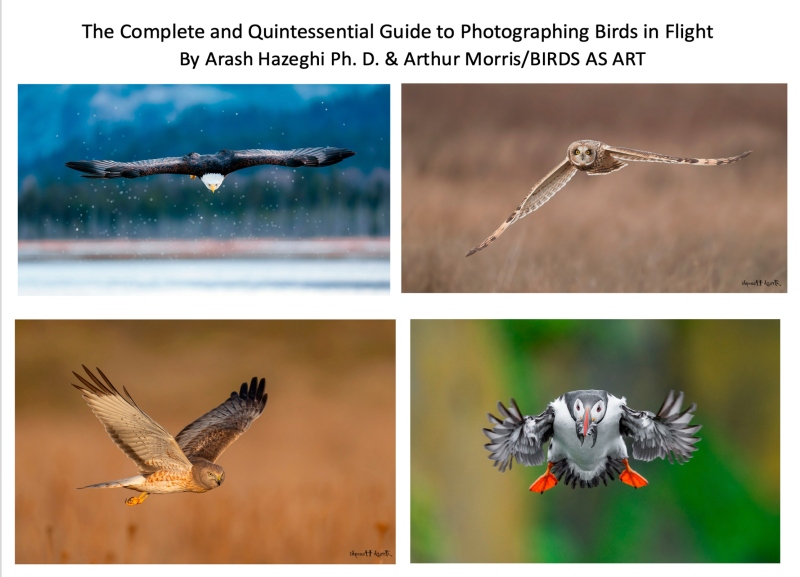
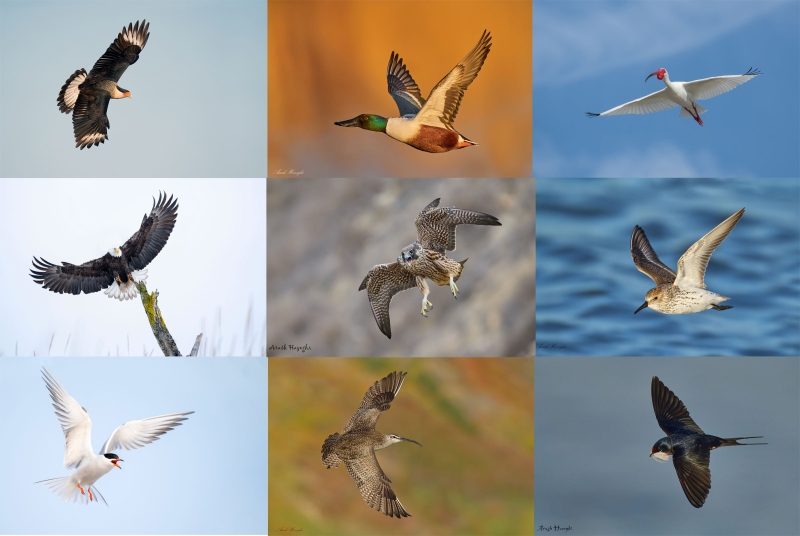

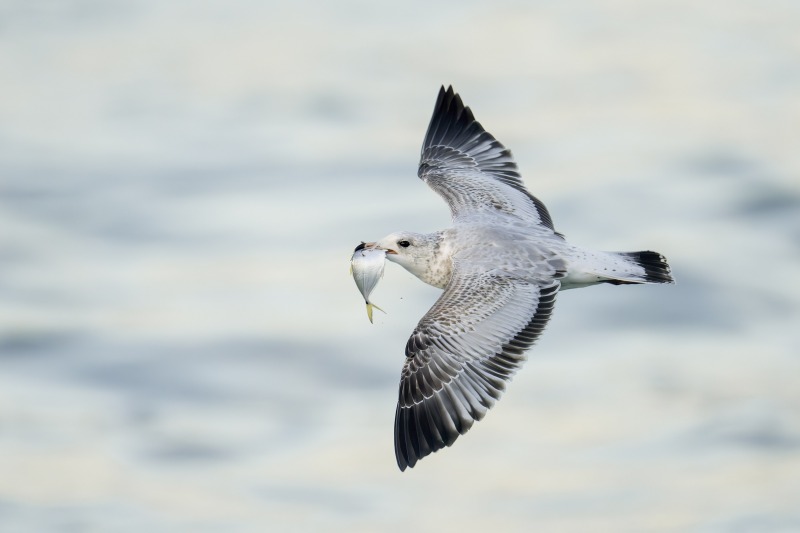

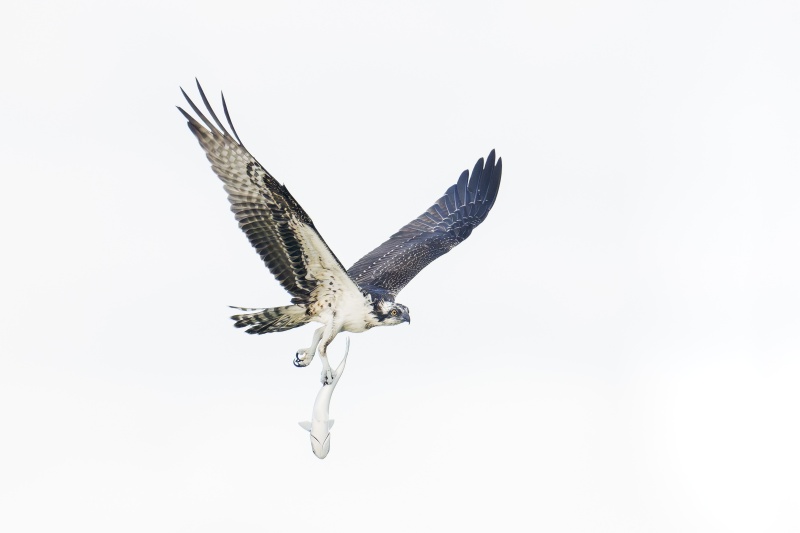
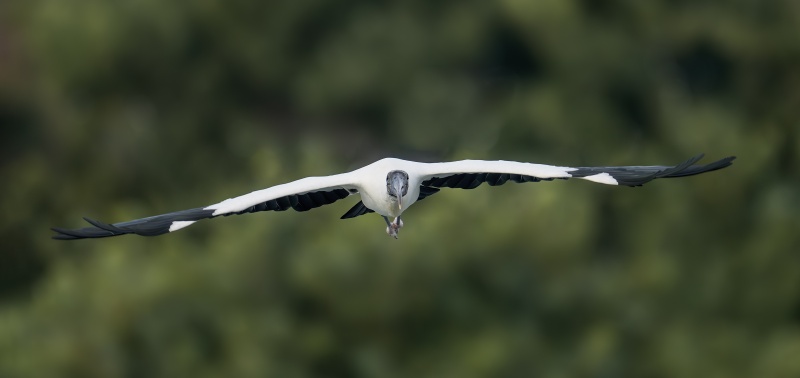

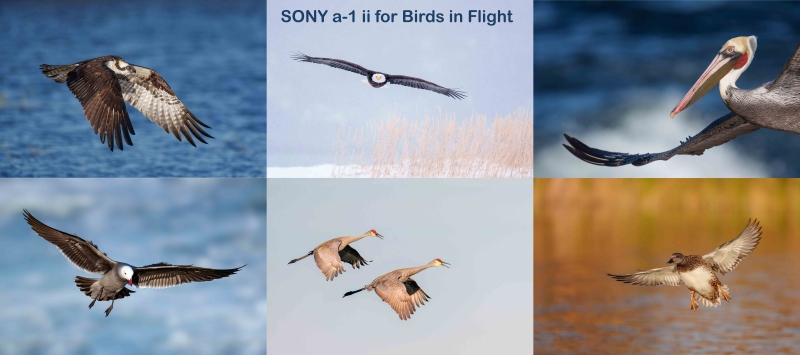
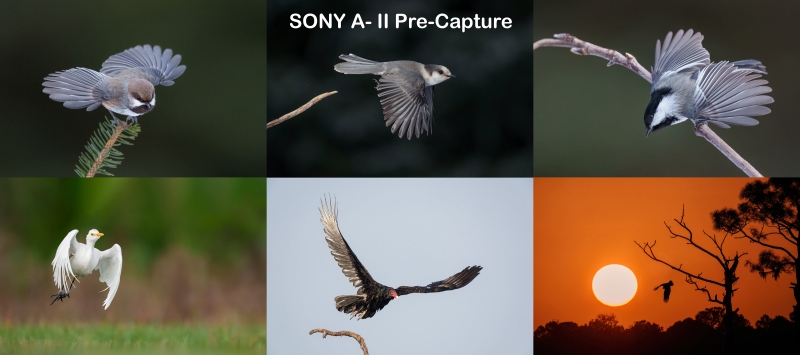










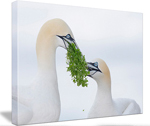



Nice to meet you on Wednesday 5th at the Sebastian Inlet.
Regards.
Ditto. Thanks for the e-mail.
with love, artie